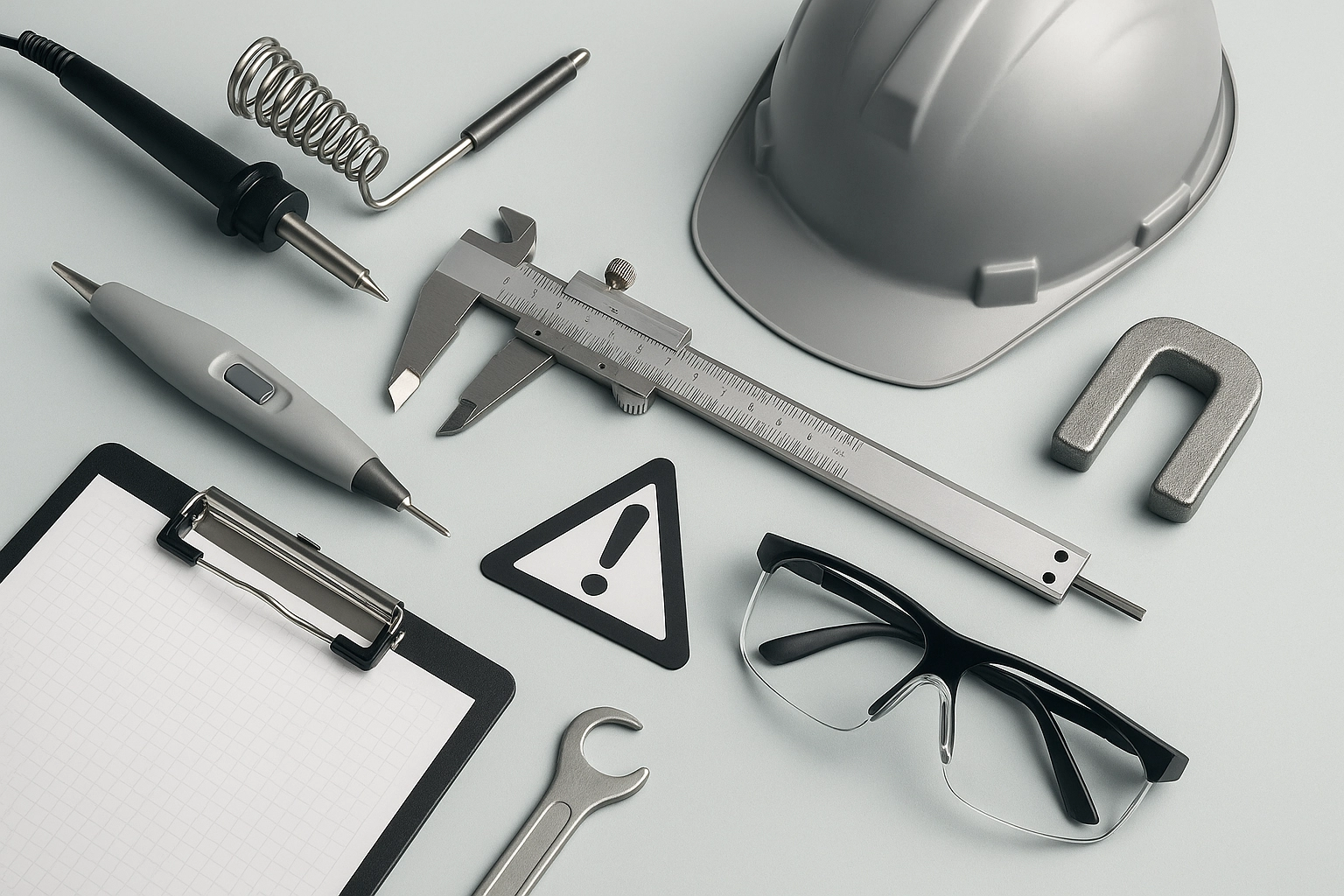EN 71-1 Accessibility of Batteries and Compartments Test
The EN 71-1 standard for Mechanical & Physical Safety Testing is a crucial guideline that ensures toys are safe for children. This section focuses specifically on the accessibility of batteries and compartments within toy designs, as outlined in clause 5.4.3 of the EN 71-1:2019 regulation.
This test aims to prevent small parts from becoming accessible to a child through potential battery or compartment openings. The primary goal is to ensure that the toy poses no choking hazard and does not contain any small, detachable components that could be ingested by a child. Compliance with this standard is essential for manufacturers aiming to meet regulatory requirements in Europe.
The test requires the evaluation of several aspects:
- Access to batteries must be limited to prevent accidental removal or insertion of batteries.
- Compartments that are not designed to hold batteries should also be checked to ensure they do not contain any small parts accessible from outside the toy.
The testing methodology involves disassembling the toy according to specific criteria and checking for accessibility of internal components. Specimens must undergo a series of tests under controlled conditions, including:
- Visual inspection of all compartments and openings.
- Manual removal or insertion tests using specified tools or simulated actions by children.
The testing process is meticulous and requires expertise to ensure accurate results. Proper specimen preparation includes disassembly of toys into their basic components, ensuring that all parts are accessible for inspection. Instruments used include specialized tools designed to mimic the actions a child might perform while playing with the toy.
Reporting the findings involves documenting any issues identified during the testing process. This report is crucial for manufacturers as it provides insights into potential hazards and areas of improvement. Compliance with EN 71-1 ensures that toys meet stringent safety standards, thereby protecting children from accidental ingestion or choking risks.
Applied Standards
| Standard | Description |
|---|---|
| EN 71-1: Mechanical & Physical Safety of Toys - Part 1: Test Methods and Requirements for Toy Safety | This standard sets out the requirements regarding mechanical and physical properties of toys, including the accessibility of batteries and compartments. This specific test is part of a broader set of regulations designed to ensure toy safety. |
| EN 71-2: Flammability | Ensures that any component or material used in a toy does not present a fire hazard, which indirectly supports the mechanical and physical safety aspects by ensuring materials are safe for children's play. |
The combination of these standards provides a comprehensive approach to toy safety, covering multiple aspects from physical hazards to flammability risks. Compliance with all relevant standards ensures that toys are not only mechanically sound but also free from any potential fire or burn risks.
Eurolab Advantages
Eurolab, your trusted partner for testing and certification services, offers a range of benefits when it comes to EN 71-1 compliance:
- Expertise in Regulatory Compliance: Eurolab's team consists of experts who stay updated with the latest regulatory changes. This ensures that our clients are always aware of and compliant with all relevant standards.
- State-of-the-Art Facilities: Our laboratories are equipped with advanced testing equipment, allowing us to provide accurate and reliable test results. This is crucial for ensuring the safety of toys before they reach the market.
- Comprehensive Testing Services: In addition to EN 71-1, Eurolab offers a full suite of toy testing services, including chemical analysis, flammability tests, and durability assessments. This comprehensive approach ensures that all aspects of toy safety are covered.
- Fast Turnaround Times: We understand the importance of timely delivery for our clients. Eurolab prides itself on providing quick turnaround times without compromising on quality.
By choosing Eurolab, you can rest assured that your products meet the highest safety standards and are ready for market release with minimal delays.
International Acceptance and Recognition
- European Union: EN 71-1 is widely recognized across the European Union as a key standard for toy safety. Compliance with this standard ensures that toys are safe for use by children in EU member states.
- Beyond Europe: While primarily used within the EU, the principles and methods of EN 71-1 have been influential in other regions, including parts of Asia and Africa. Many international toy manufacturers adopt these standards to ensure their products meet global safety requirements.
The widespread acceptance of EN 71-1 highlights its importance not only within Europe but also as a benchmark for global toy safety. Manufacturers who comply with this standard can expand their markets beyond the EU, knowing that they are adhering to high international standards.





